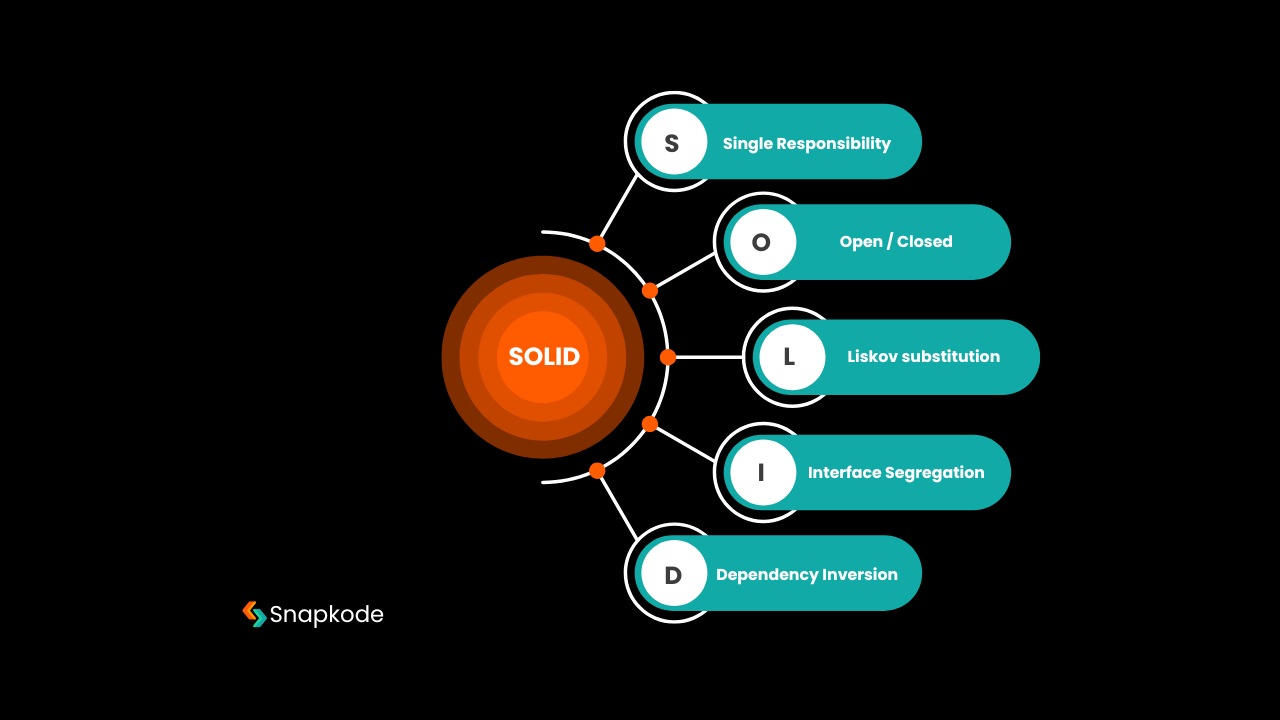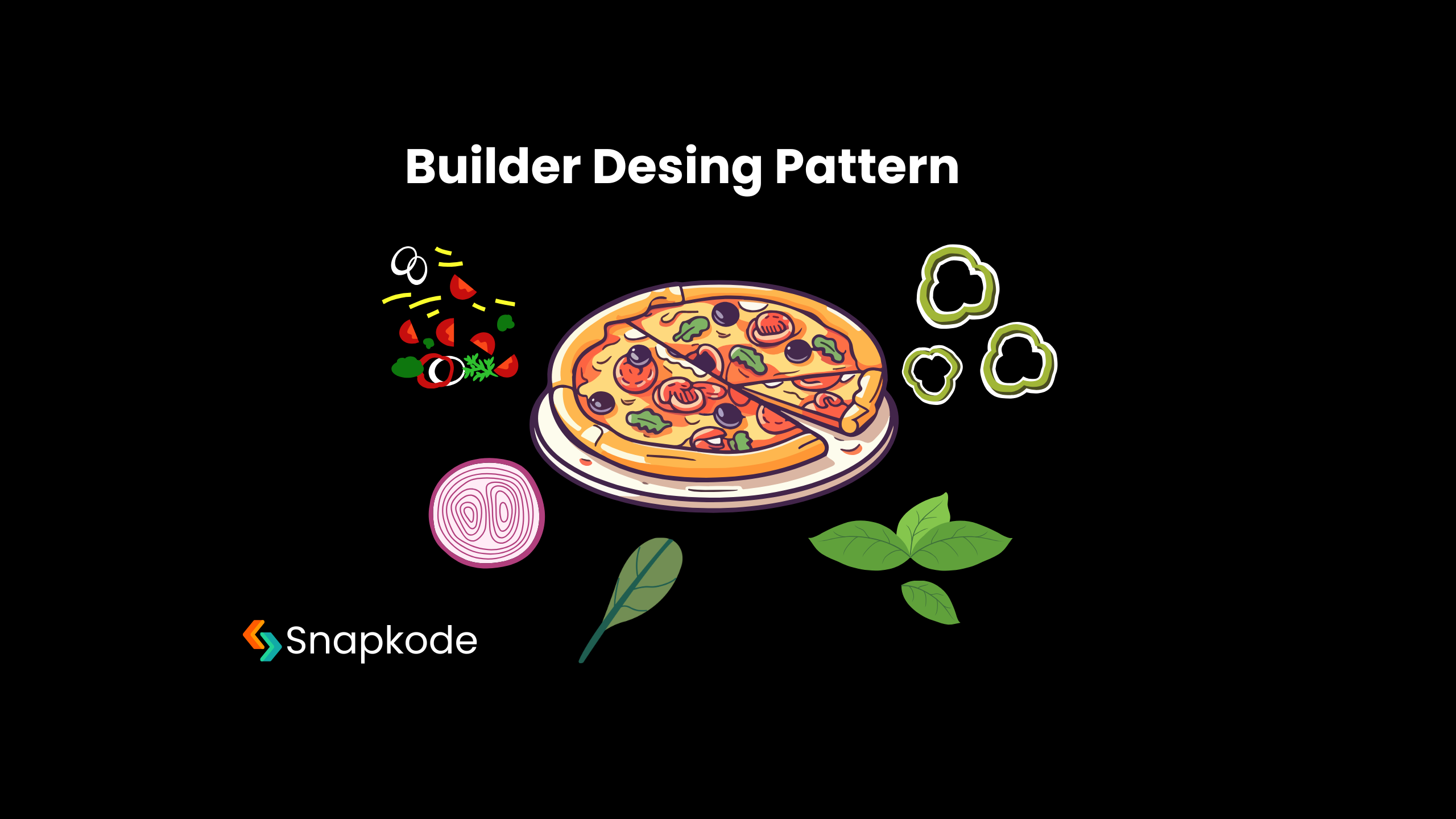Here’s a blog-style deep dive into the SOLID principles—each with a simple real-world analogy and an explanation of why it matters.
Why SOLID Matters
As software grows, tiny design decisions compound into tangled, brittle code. SOLID provides five guidelines to keep your codebase easy to understand, extend, and maintain. Think of SOLID as a toolkit of “best practices” that help you build systems that can evolve without turning into unmanageable sprawl.
1. Single Responsibility Principle (SRP)
What it says:
A class (or module) should have one—and only one—reason to change.
Analogy:
Swiss Army Knife vs. Dedicated Tools
A Swiss Army knife has many tools in one handle. Great for convenience, but when one blade dulls or breaks, you have to replace the whole thing. In contrast, a dedicated chef’s knife is specialized: if the blade dulls, you simply sharpen or swap that one knife.
Why it’s important:
- Clarity: Each class does one thing, so its purpose is immediately obvious.
- Isolated change: Fixing or extending one behavior won’t ripple through unrelated functionality.
- Testability: Small, focused classes are easier to write unit tests for.
Working example in Nodejs
Each module/class has one responsibility.
2. Open/Closed Principle (OCP)
What it says:
Software entities should be open for extension but closed for modification.
Analogy:
Building with LEGO® Bricks
Imagine a base LEGO plate where you can snap on new blocks to extend your creation, but you never pry apart the base itself. You build out features without altering the original foundation.
Why it’s important:
- Stability: Core code remains untouched, so you avoid introducing regressions.
- Flexibility: You can add new features by plugging in new modules or classes.
Open for extension via subclassing or plugins, closed for modification.
3. Liskov Substitution Principle (LSP)
What it says:
Objects of a superclass should be replaceable with objects of a subclass without affecting the correctness of the program.
Analogy:
Different Brands of Light Bulbs
A lamp socket expects an “Edison” bulb. Whether you insert a Philips, GE, or Osram bulb, it should light up the same way. If one brand flickers or overheats, it violates the expectation.
Why it’s important:
- Predictability: Clients of a class can use any subclass interchangeably.
- Reliability: Subclasses won’t introduce surprises or break existing code.
Subclasses must honor the parent’s contract so they’re interchangeable.
4. Interface Segregation Principle (ISP)
What it says:
Clients should not be forced to depend on interfaces they don’t use.
Analogy:
À la Carte Menu vs. Tasting Menu
A buffet menu forces you to take every dish, even ones you don’t like. An à la carte menu lets you order only what you want.
Why it’s important:
- Lean APIs: Consumers implement only the methods they actually need.
- Decoupling: Changes to one part of an interface don’t force all implementers to update code.
Clients depend only on the methods they use; we split “fat” interfaces into focused ones.
5. Dependency Inversion Principle (DIP)
What it says:
- High-level modules should not depend on low-level modules. Both should depend on abstractions.
- Abstractions should not depend on details. Details should depend on abstractions.
Analogy:
Universal Power Adapter
Your laptop isn’t wired directly to every country’s socket standard. Instead, it plugs into a neutral adapter. The adapter (abstraction) handles the specifics (details) of each socket type.
Why it’s important:
- Decoupling: High-level logic doesn’t change when you swap out low-level components (e.g., database drivers, HTTP clients).
- Testability: You can inject mock implementations for testing without touching production code.
High-level modules and low-level modules both depend on abstractions.
Bringing It All Together
Applying SOLID isn’t just academic—it leads to code that’s:
- Easier to read: Each piece has a clear purpose.
- Safer to change: You minimize unexpected side-effects.
- Simpler to test: Small, focused units lend themselves to straightforward tests.
By practicing these five principles, you cultivate a codebase that behaves more like a well-organized toolbox than a tangled ball of yarn—ready to grow, adapt, and endure.




